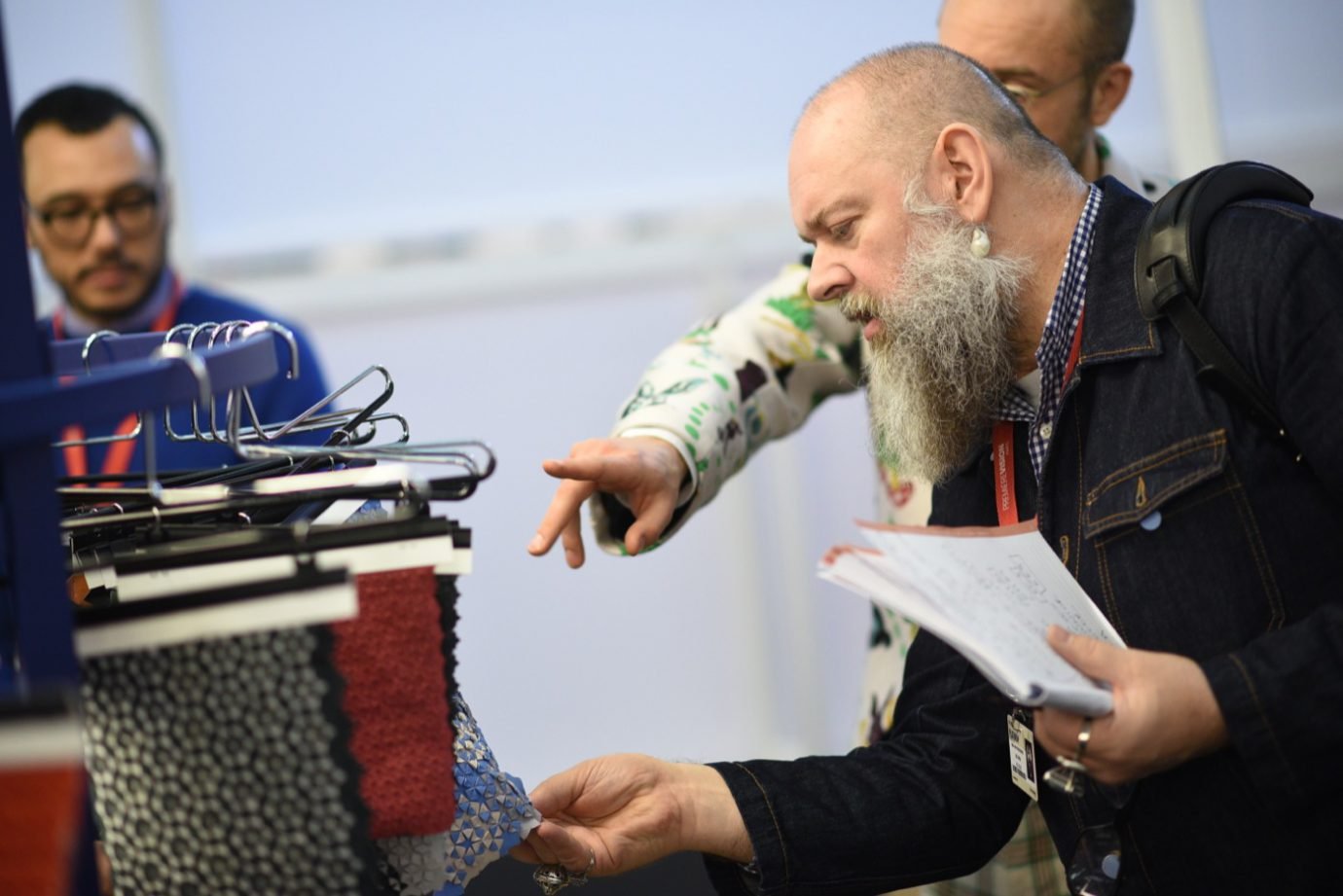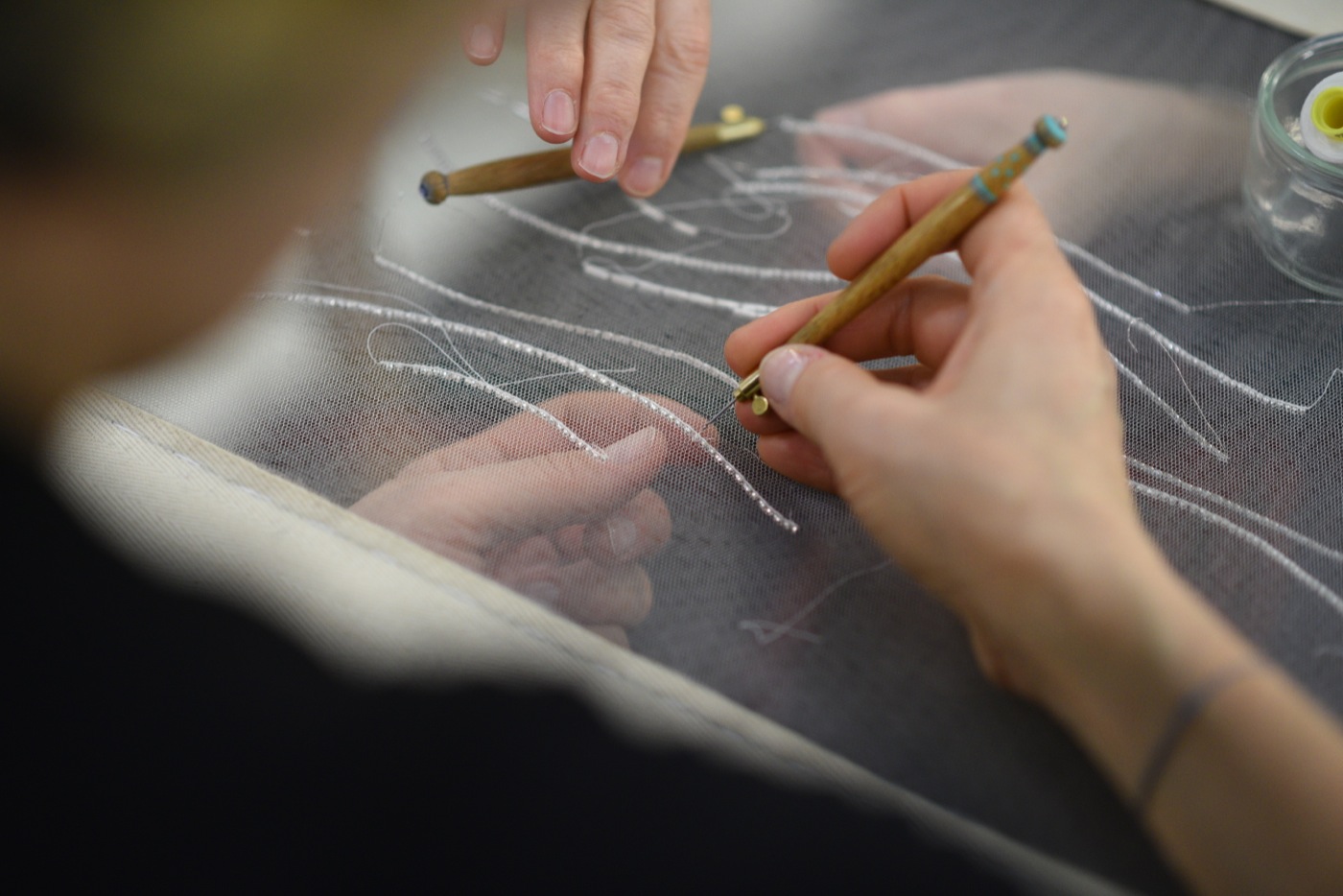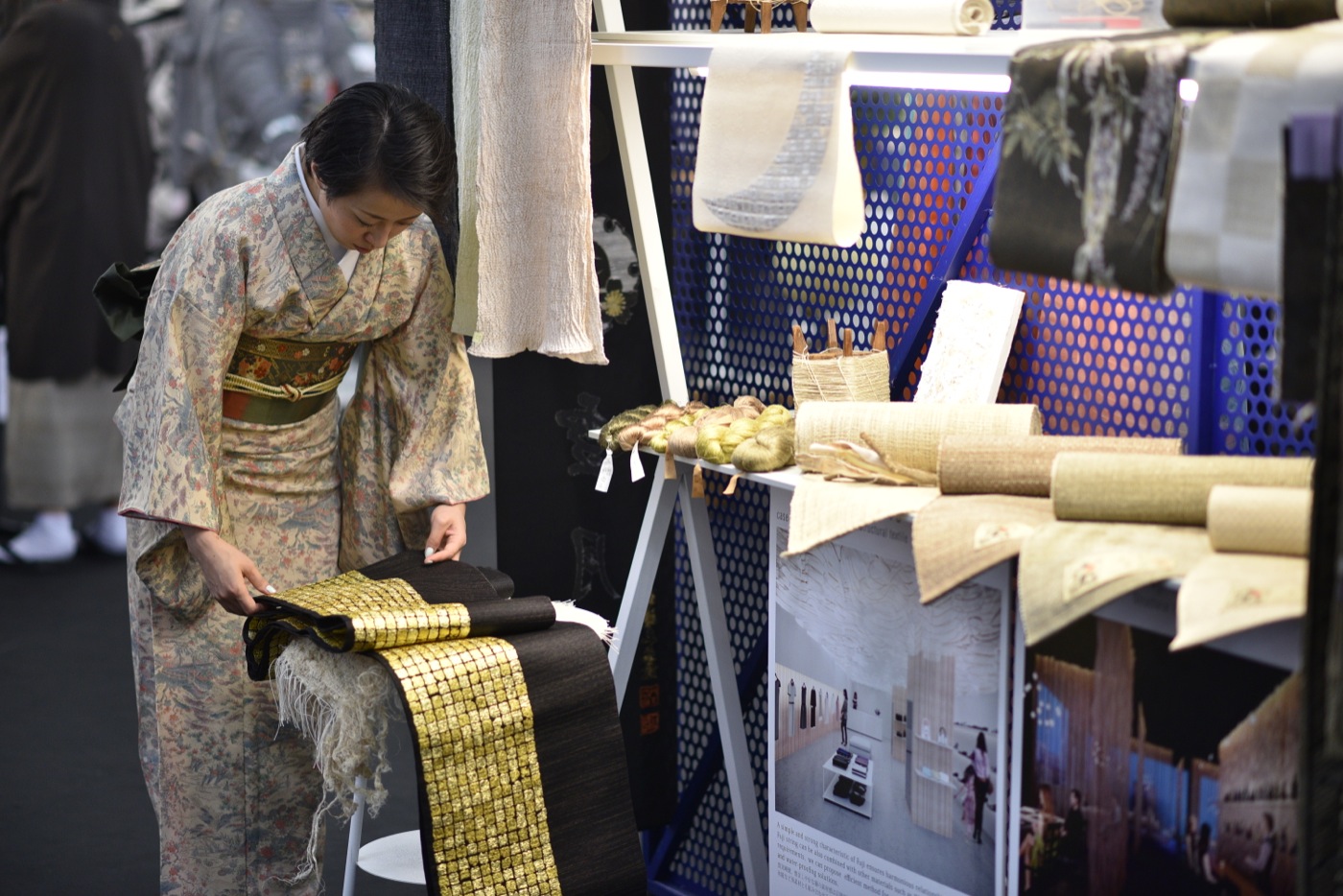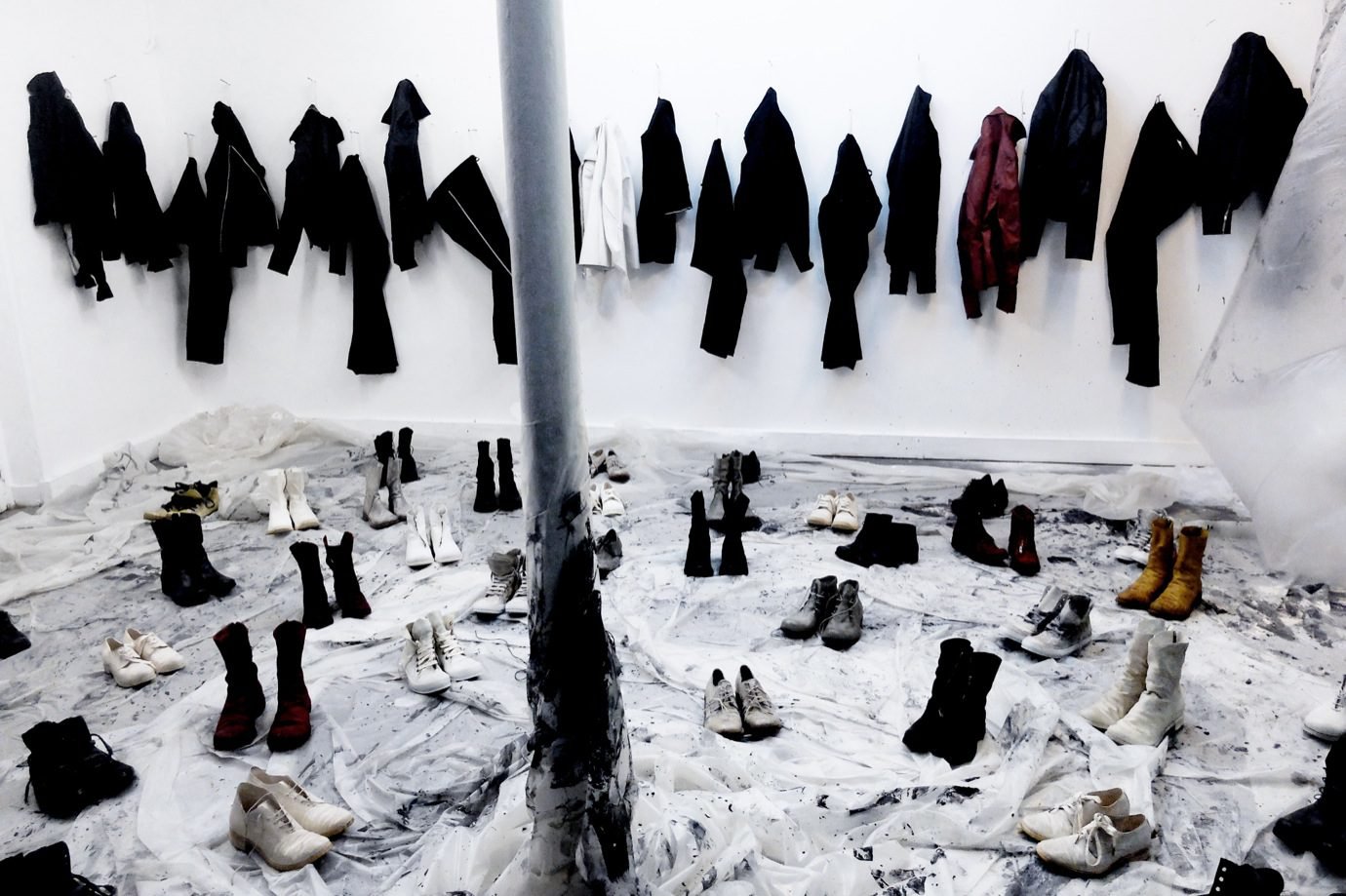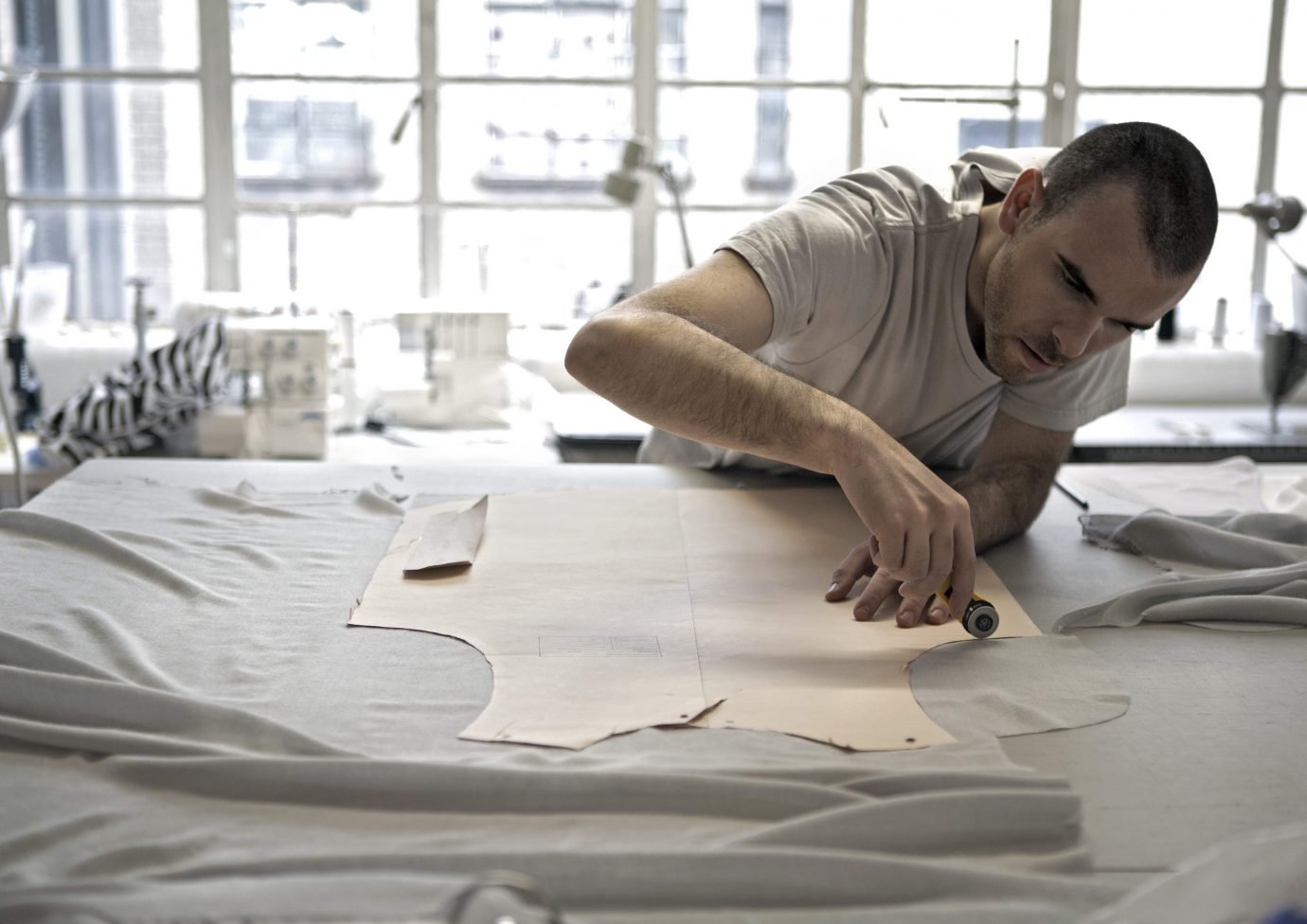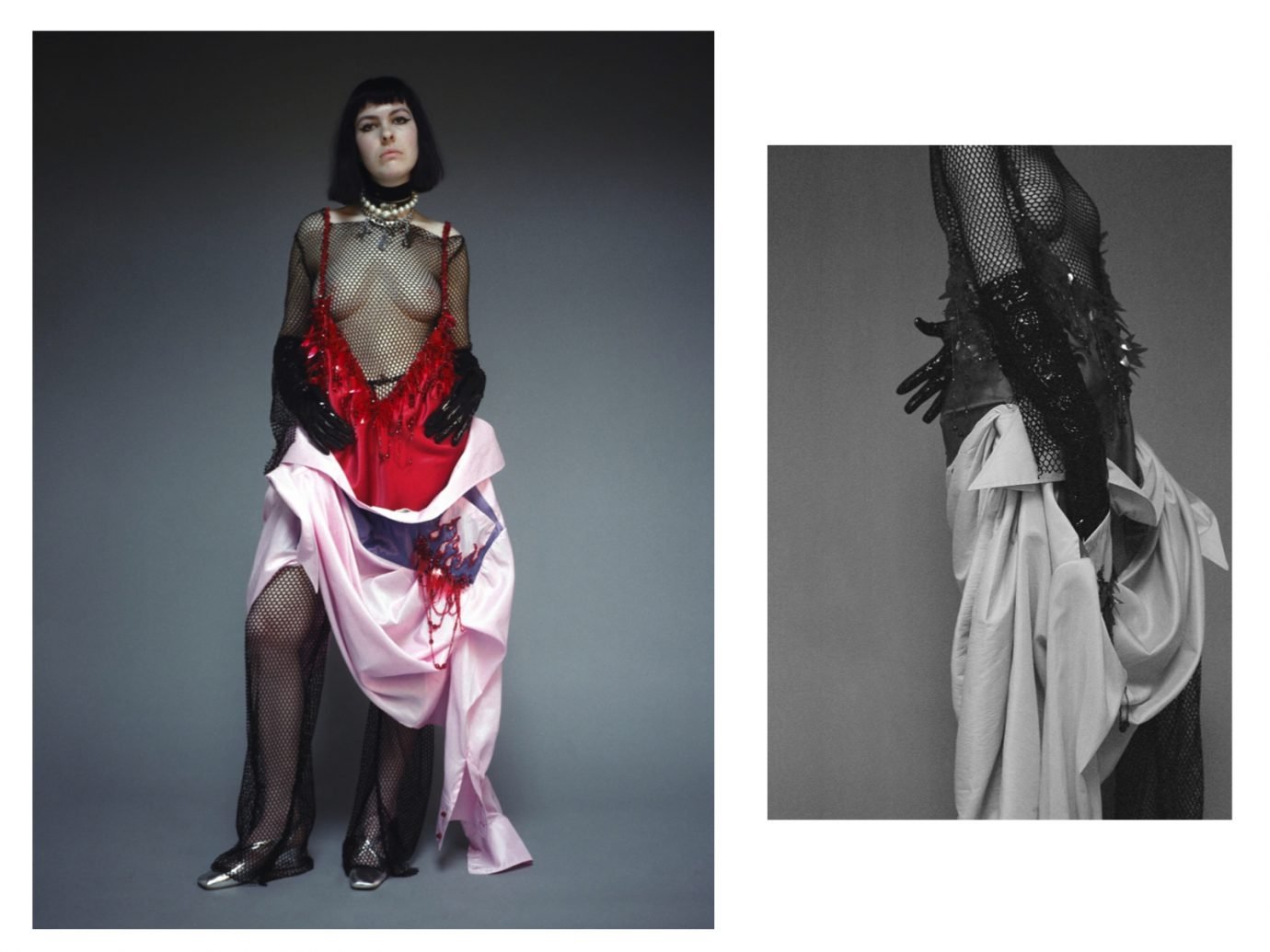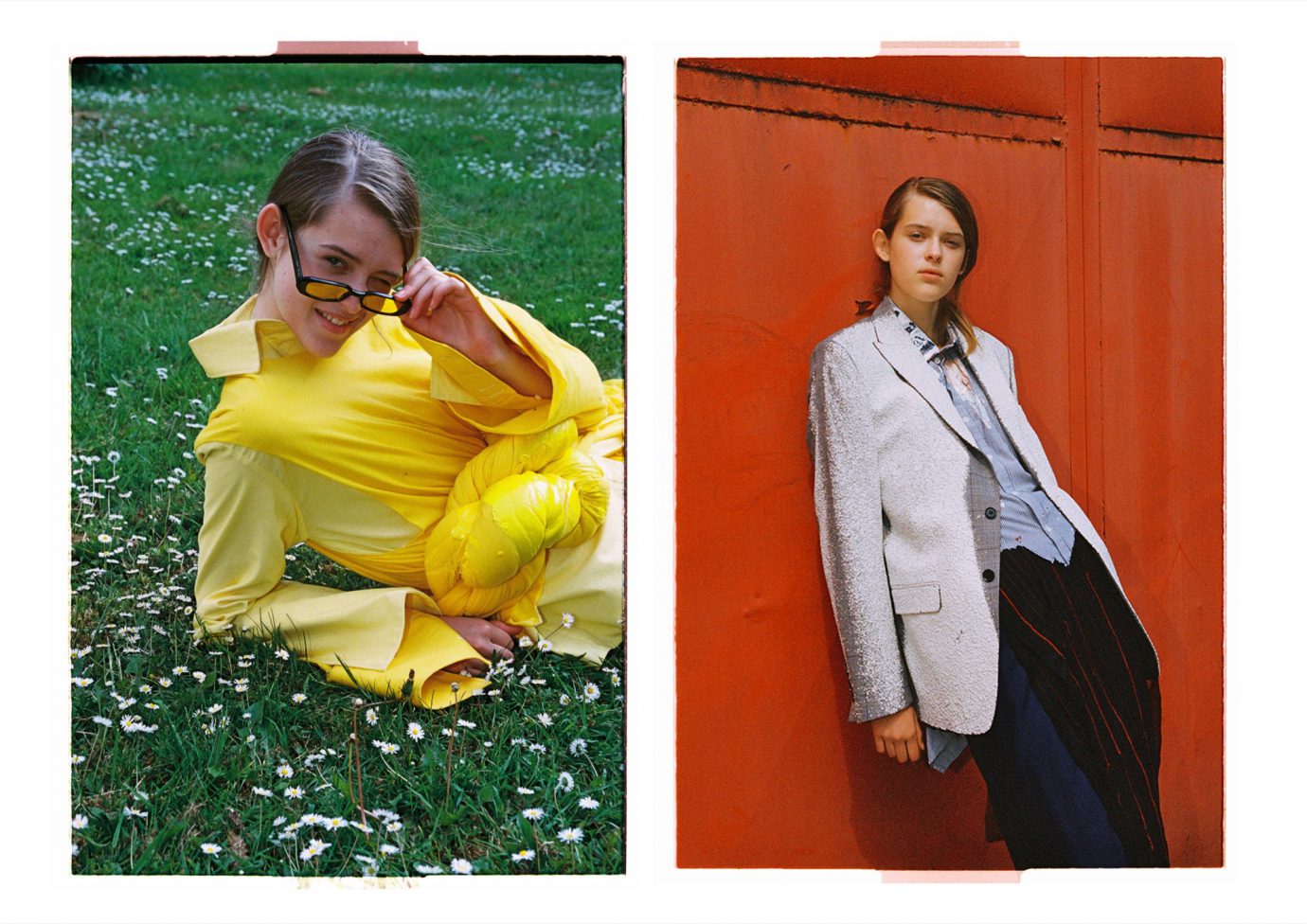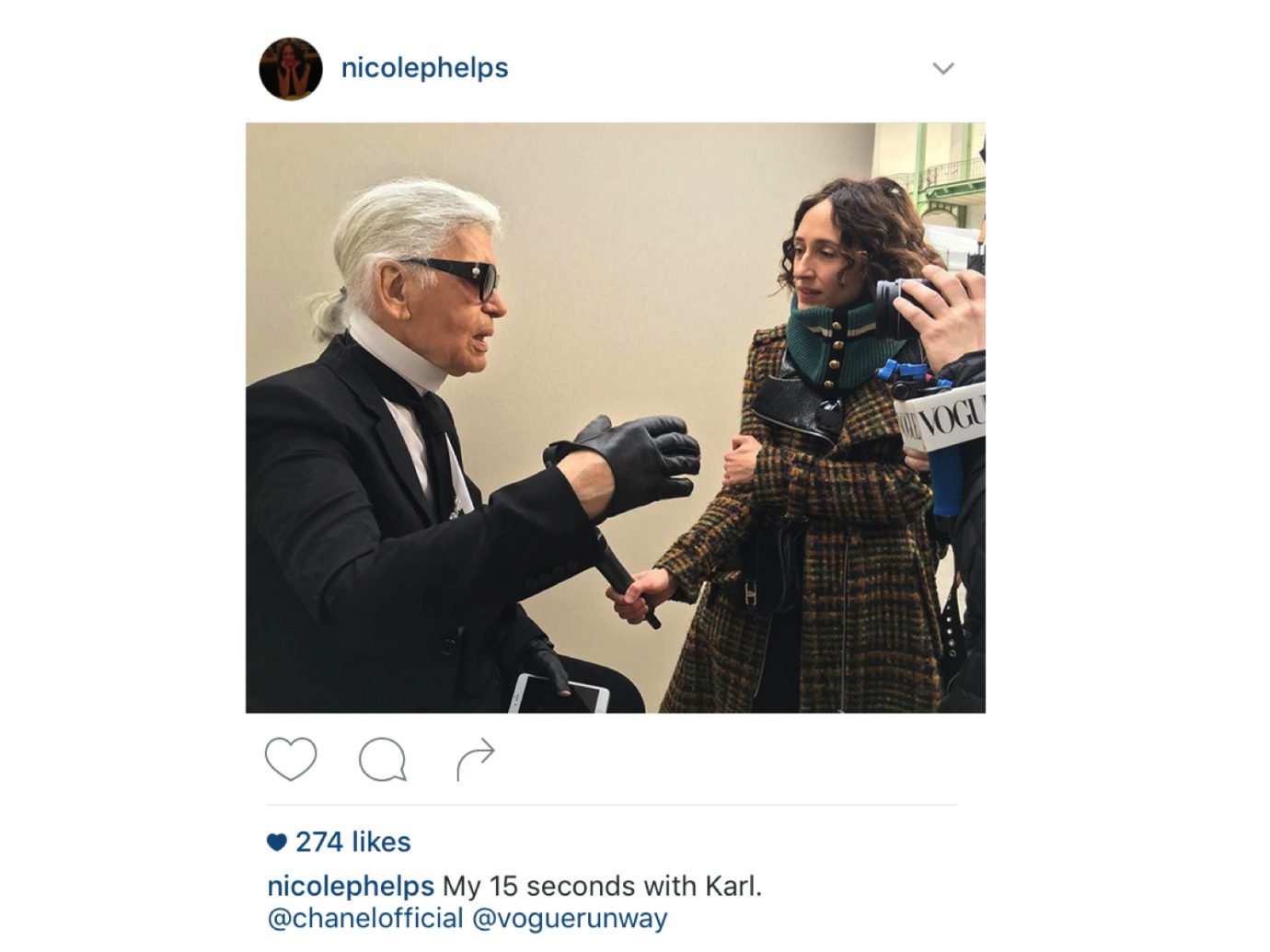“IT IS VERY COMPLEX TO BE A FASHION DESIGNER, IT REQUIRES A LOT OF WORK.”
How do you feel technology has changed the textiles industry? Do you think it has been beneficial?
Yes, I think it has been. But technology changed the world of textiles and fashion long time ago, we should not forget about this. It all started with the industrial revolution and the invention of industrial weaving. In the past 15 years, we have witnessed the evolution of fabric printing technologies and innovations with invisible performance. Big evolution.
Do you see any big changes in the way young designers are now buying their fabrics?
It is very interesting, as we often see fashion designers on the catwalk who have very good intentions when it comes to the shape of the garment, but then they don’t know how to choose the right fabrics. It impoverishes their collections. It is very complex to be a fashion designer, it requires a lot of work. In fashion, there are two types of people: the ones who have the intuition for the material, and the ones who have the intuition for the shape. When these two talents are joined together, you can expect very good outcomes. There must be a connection between the design and the reality of the material. It is very interesting when you look at fashion through this perspective.

